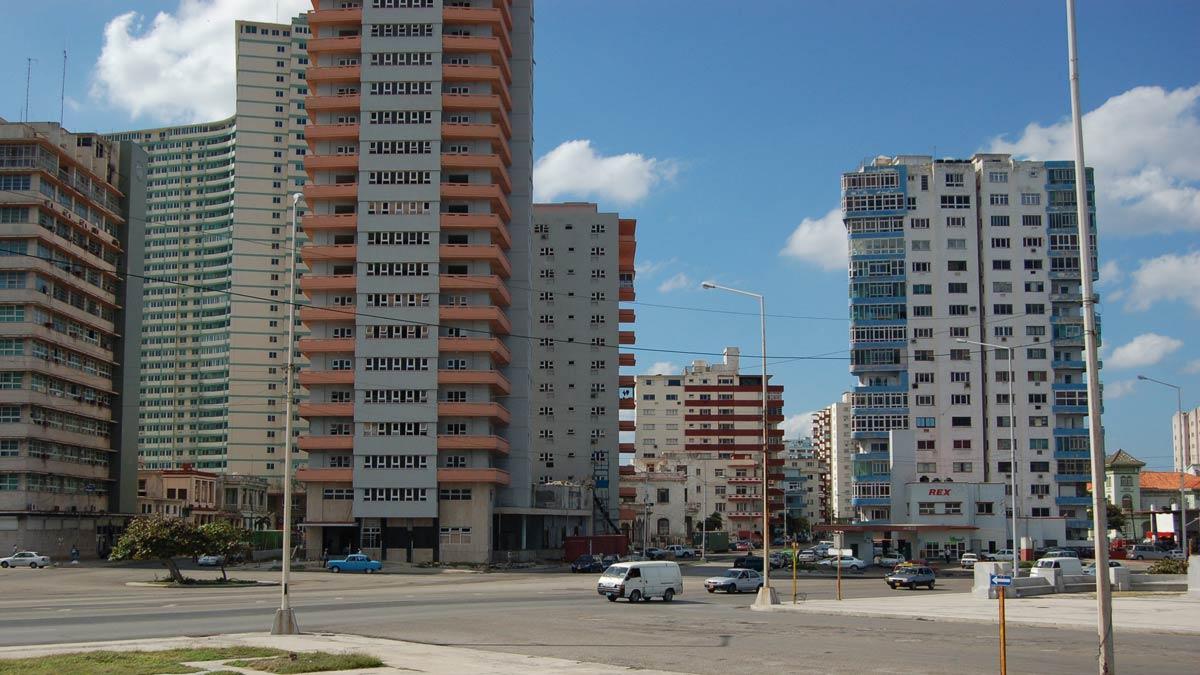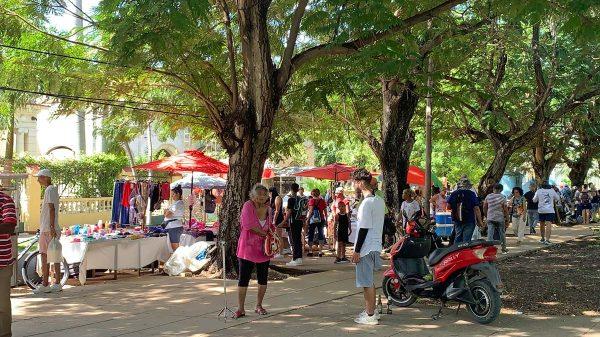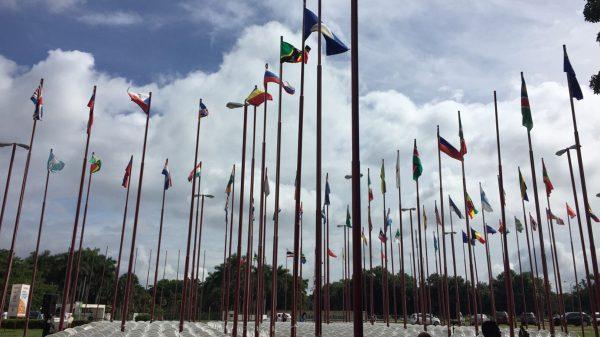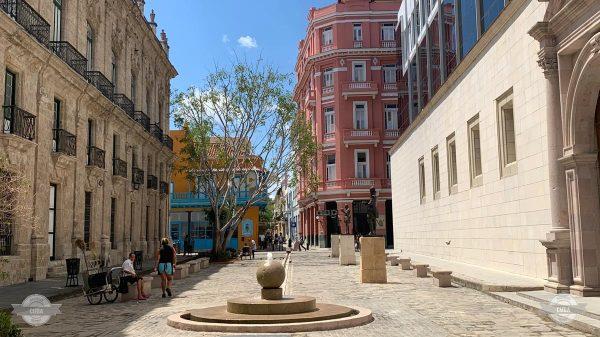The year 2022 will be decisive in Cuba’s plans for economic development. It marks the beginning of the second stage of the country’s National Economic and Social Development Plan to 2030 (PNDES).
After experiencing a decline of 10.9% in 2020, gross domestic product (GDP) plummeted by two percent in 2021. Cuba hopes to achieve four percent growth in 2022.
The COVID-19 pandemic with the new variant, Omicron, and the tightening of the blockade has severely impacted the Cuban economy during the last two years. Global economic recovery relies on the containment and eventual end to the situation.
The government reported a loss of at least $4 billion in revenues in 2021 under the pandemic conditions and continuing U.S. sanctions. This resulted in a 40% decline in the imports of food, medicine, consumer goods, industry, agricultural equipment, and materials.
Globally, production and manufacturing decreased because of COVID-19. Cuba, like the rest of the world, is experiencing supply chain issues because of the situation, but U.S. sanctions compound the problem. Thousands of containers of undelivered merchandise remain stranded in international ports.
Cuba faces other challenges besides massive inflation—currently estimated at over 70 percent. Among these, more than 500 state-owned companies operate at a loss, the partial dollarization of the economy and the pressing necessity to reduce imports. Economic development plans include the strengthening of state enterprises and the absolute need to increase agricultural production for food security.
The government has prioritized advancing the complex framework required for macroeconomic stabilization and the recovery of the peso as the center of the financial system.
Speaking at the eighth session of Parliament in December, Alejandro Gil, the Economy and Planning Minister, said that even in these adverse circumstances (pandemic and trade sanctions), Cuba will not alter its plans for economic development.
Taming Inflation
Changes to a nation’s currency can cause an inflationary response, whether actual or perceived. The country planned for an inflation rate of 60% this year after rolling out economic reform measures in January 2021. “Taming inflation is one of the major challenges of 2022,” Gil said.
Recovering the Sectors
Cuba’s most promising sectors include sugar, nickel, tourism, health services, and pharmaceutical sectors. Commodity prices for sugar and nickel remain high. It is time to take advantage of this situation.
The Island’s pharmaceutical industry has scored recent success in developing the first COVID vaccines in the Latin-American region. It continues to develop drugs for the treatment of many chronic diseases such as cancer, diabetes, hepatitis, Parkinson’s and many others.
Cuba is one of the largest producers of nickel in the world. Last year, nickel prices soared and continue on an upward trend.
Cuba’s sugar industry production was once one of its strongest exports. A tight global supply has driven high prices and are expected to remain strong into this year. Increasing production and exports from the industry is critical.
The recovery of tourism, one of Cuba’s strongest income earners, is reliant on the global recovery of the sector after the pandemic.
Energy Sources
Economic development also depends on power generation, supply and stability. Expanding the use of renewable energy sources is key for economic development.
Local Development Projects (LDPs)
Another change in Cuba’s model is the promotion of local development projects (LDPs) at the municipal and territorial levels. These projects can now connect with foreign investment. Increasing the number of MSMEs will benefit the municipalities, and their residents by stimulating employment.
MSMEs (Micro, Small, and Medium-sized Enterprises)
Government changes in the regulations increased the existence and growth of what appears to be a very dynamic sector—the micro, small and medium-sized enterprises (MSMEs). By year-end, 2021, 1,286 new non-agricultural cooperatives and MSMEs were approved. This year, 86 more have received approvals. MSMEs boost employment, improve local communities, and can contribute significantly to GDP.
Private enterprises can now link with foreign investment.
Foreign Direct Investment (FDI)
The Portfolio of Opportunities for Foreign Investment was recently updated. The Portfolio now includes local development projects, projects suited to smaller investors, and projects that encourage the participation of investors from the Island’s diaspora.
The strengthening of strategic partnerships with countries such as Russia, the Eurasian Economic Union, Vietnam, and China will further contribute to economic development. The recent signing with China’s Belt and Road Initiative ensures continued economic and social development.
Cuba’s president, Miguel Díaz-Canel stated the year ahead for Cuba will be challenging. He stressed the importance of keeping the Covid-19 epidemic under control and is fundamental for carrying out this new stage of economic development.
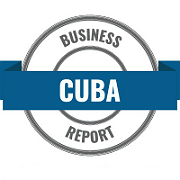
From our staff writers and editors.






